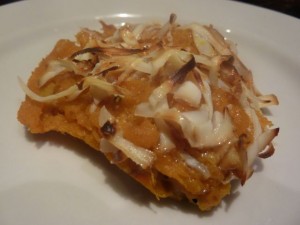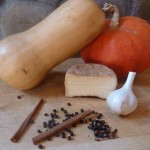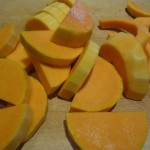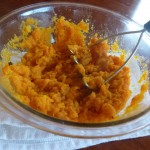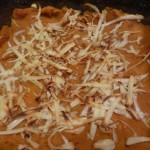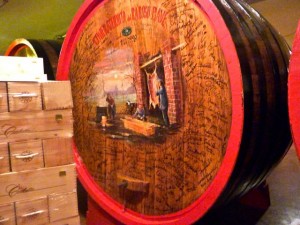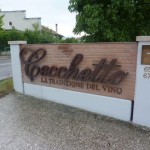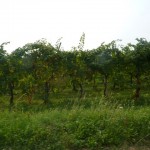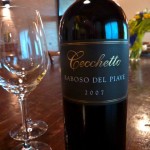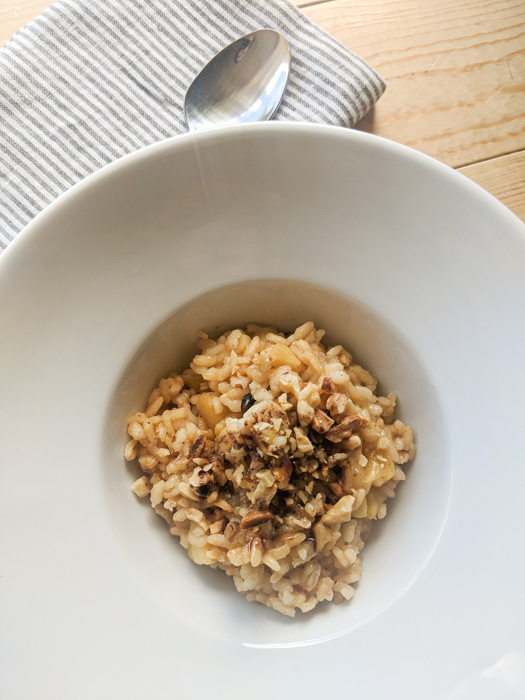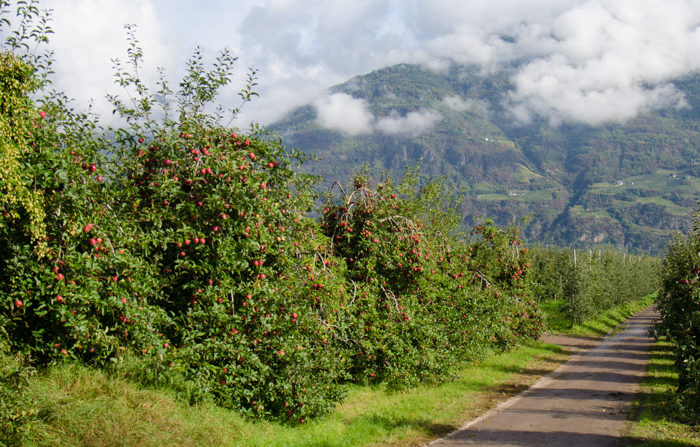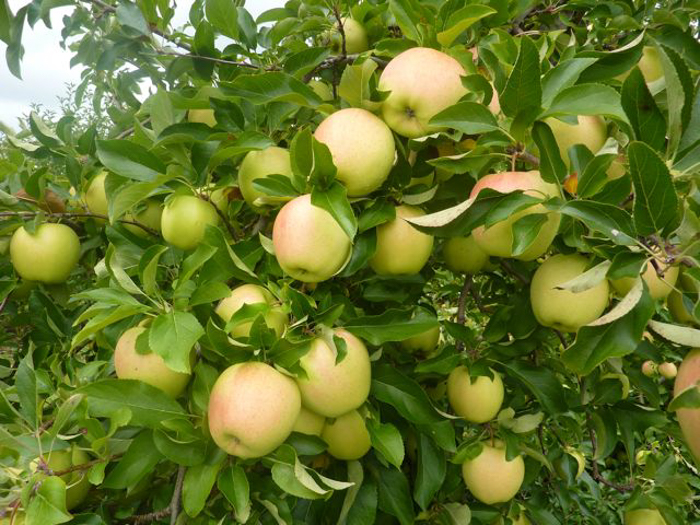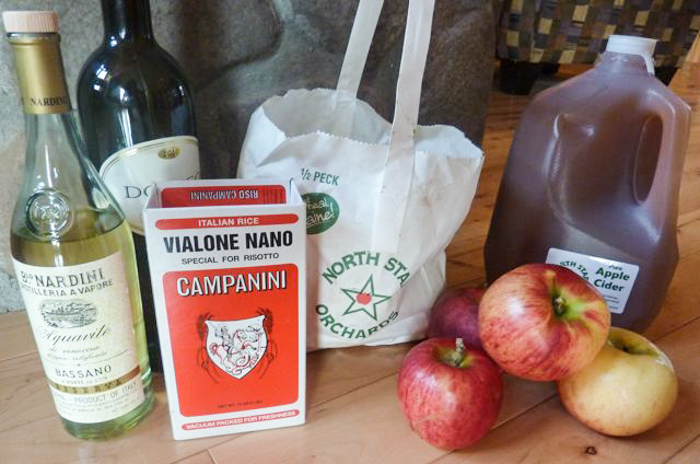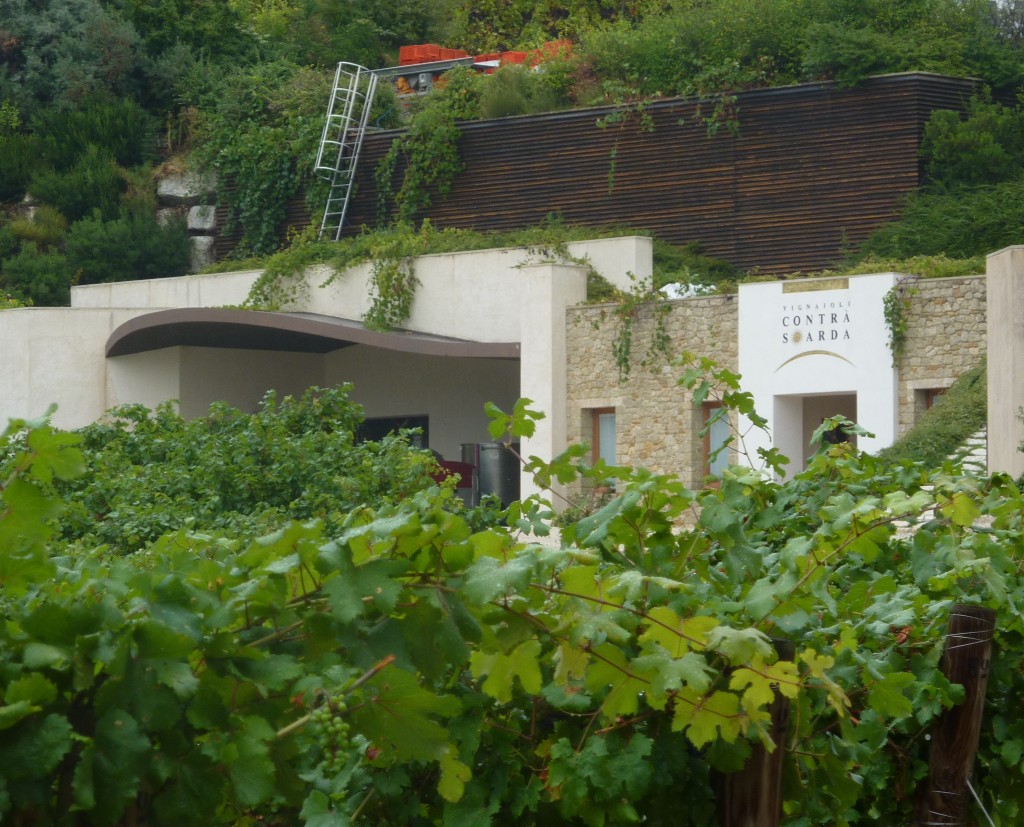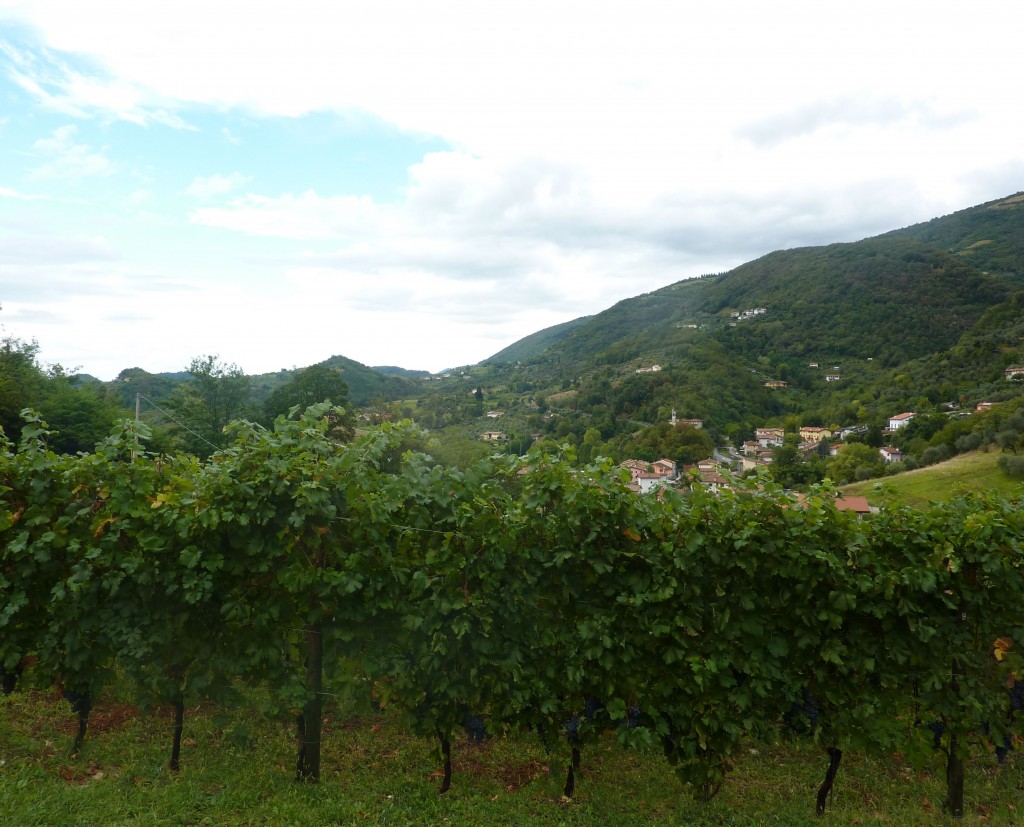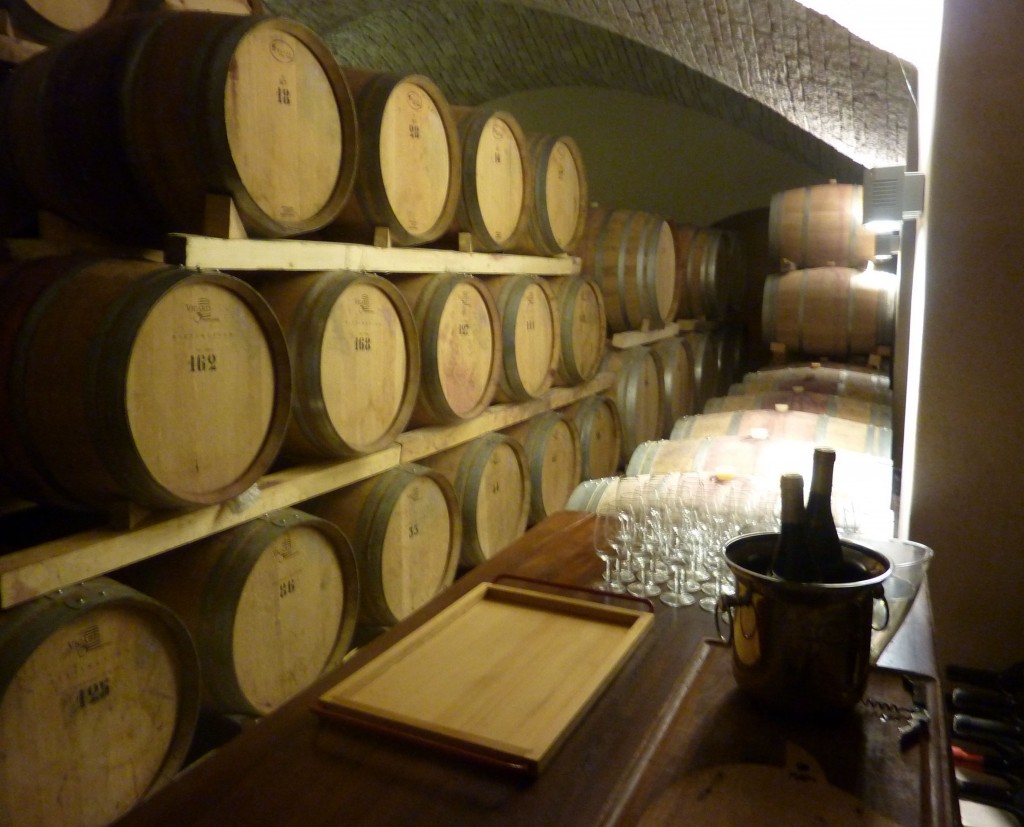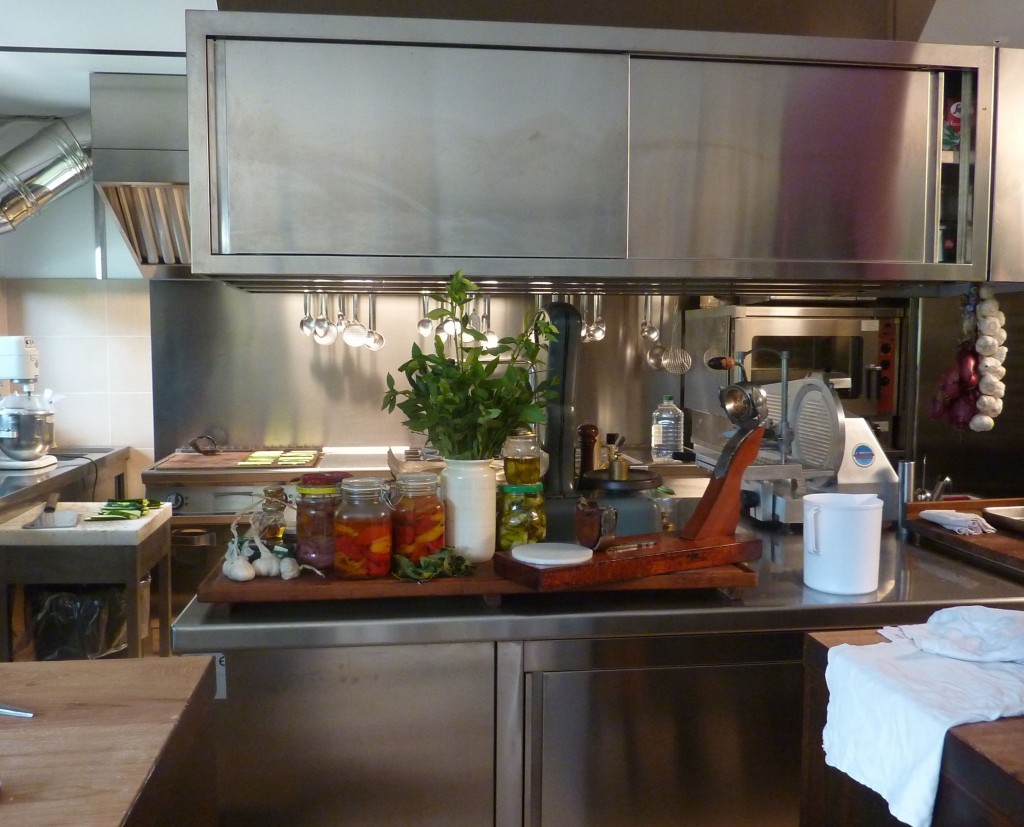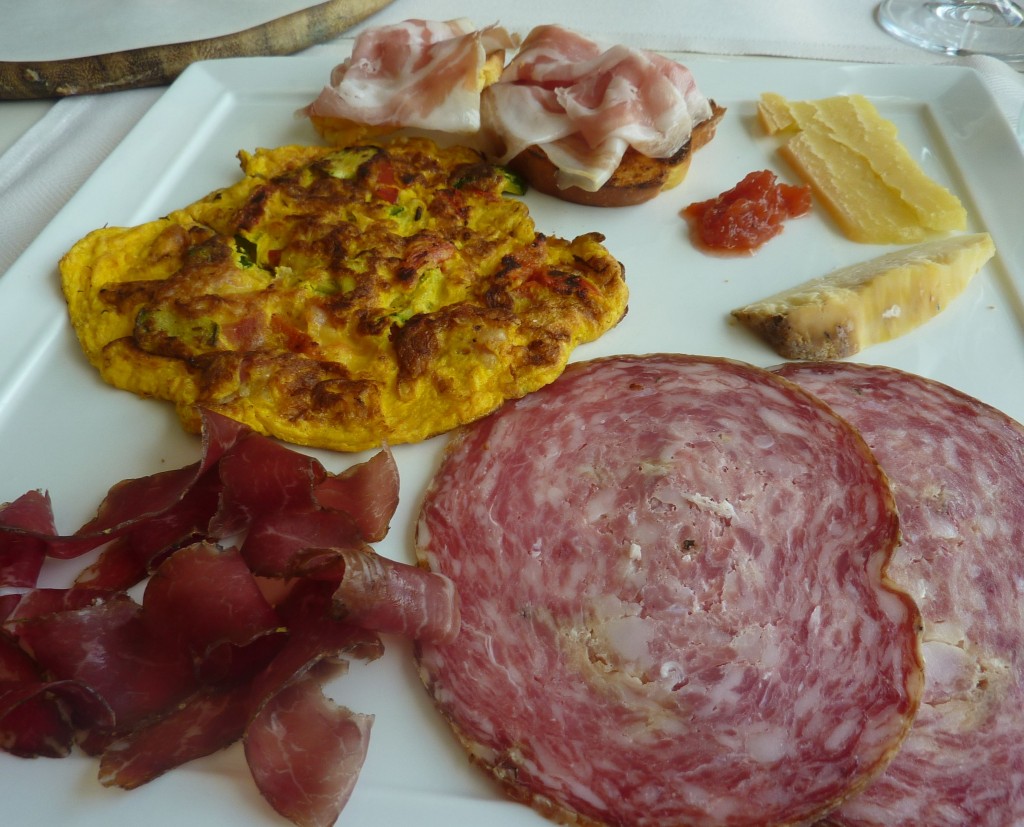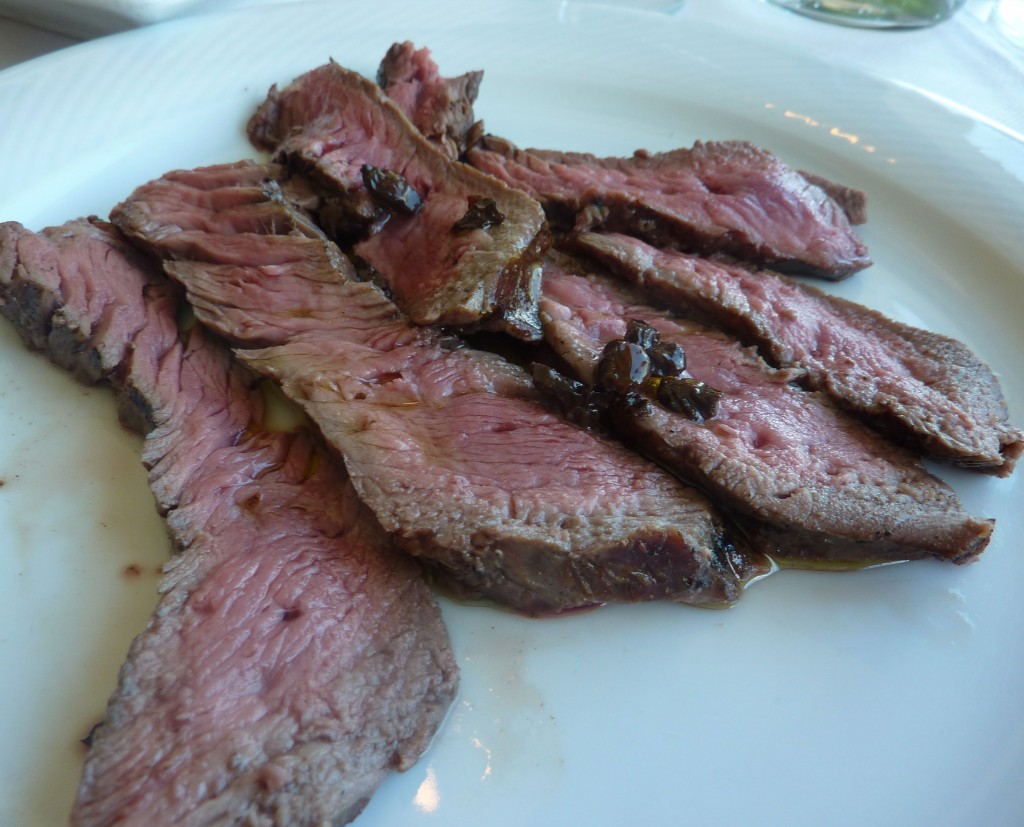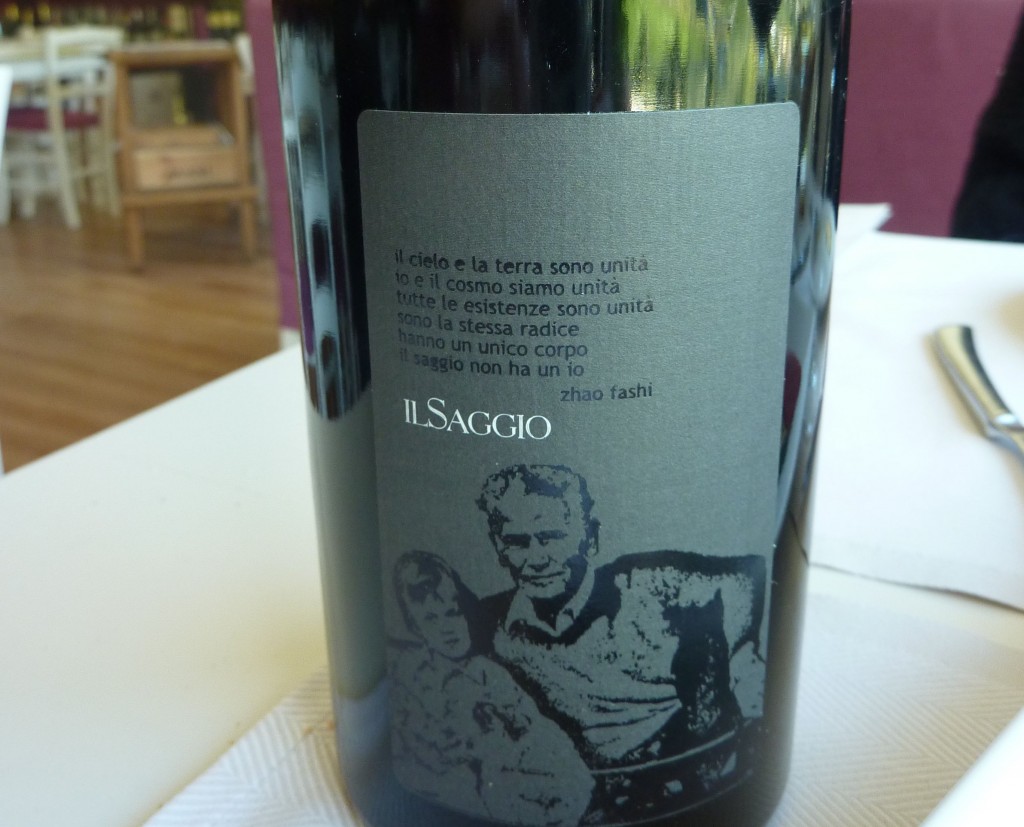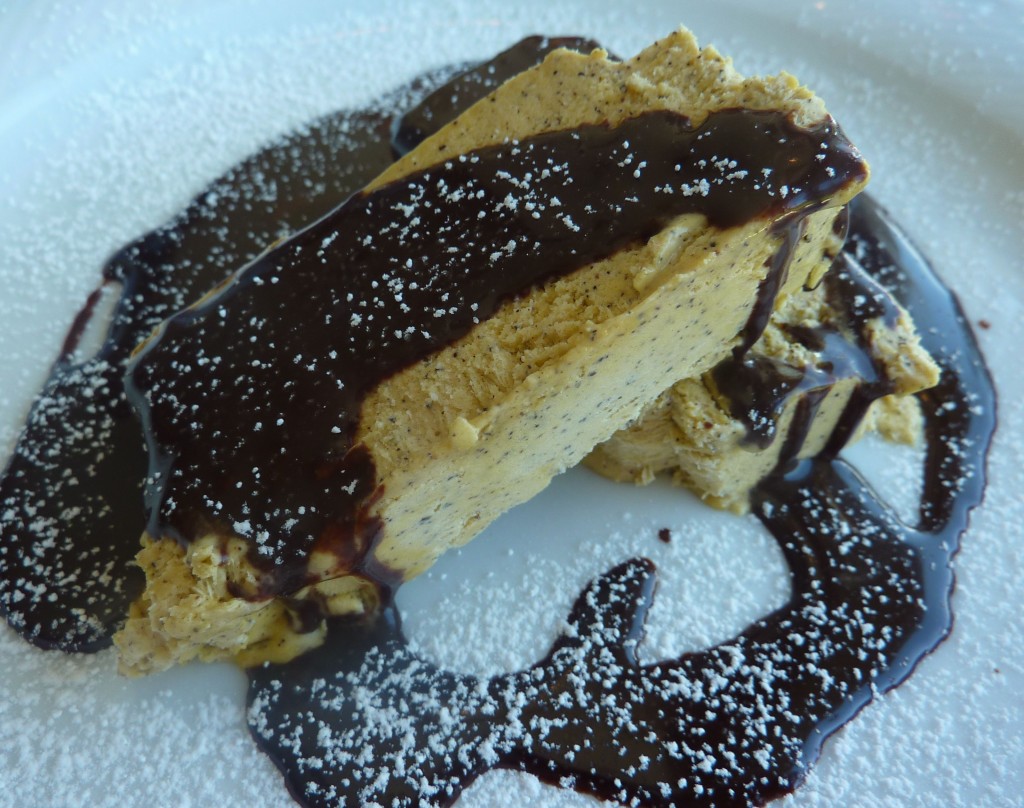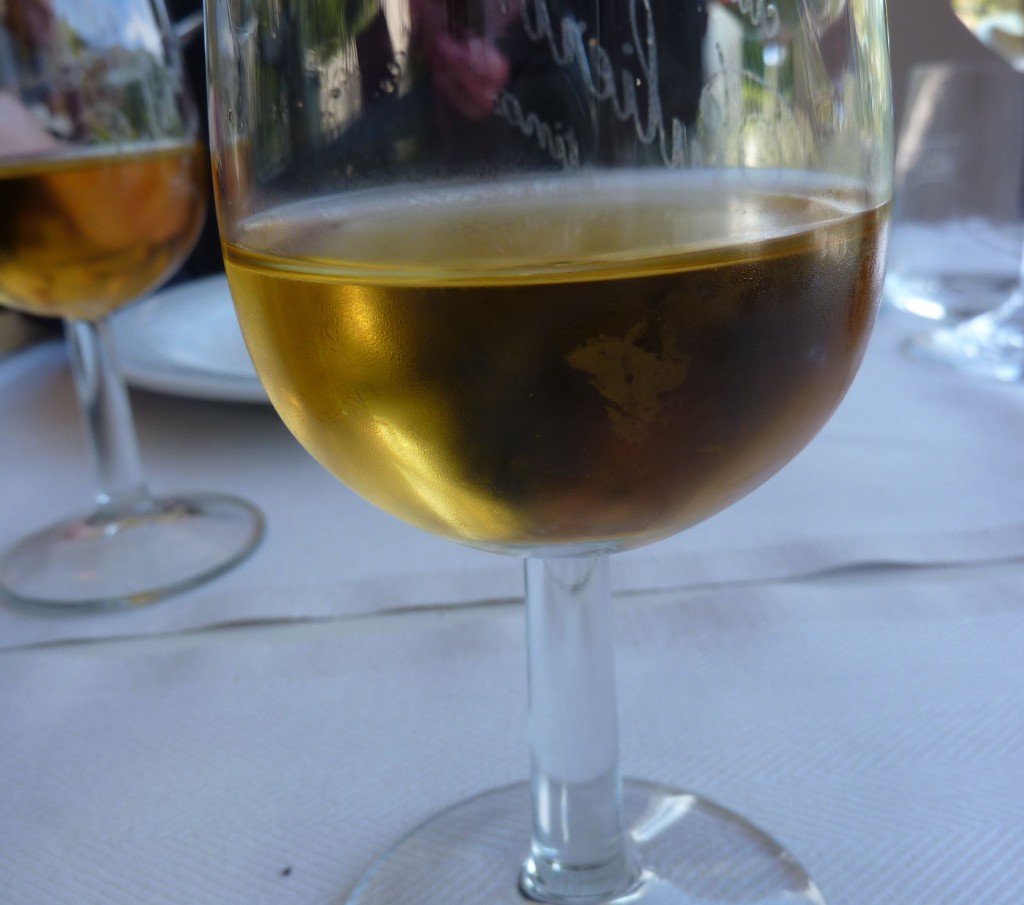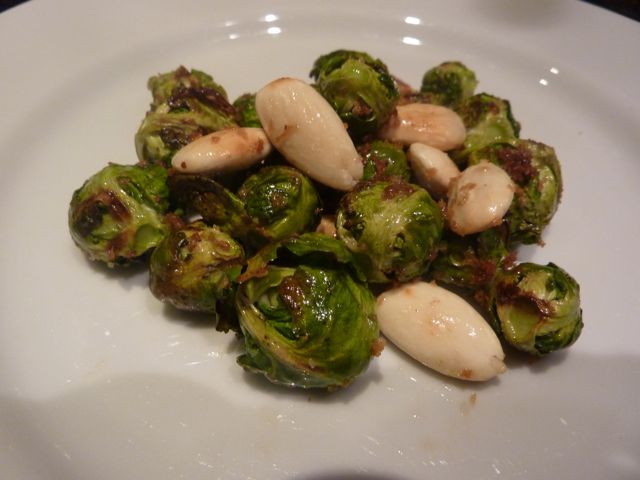
In Italy, cavoletto di bruxelles are most common in the northern regions, where they grow in cooler, coastal environments. On Italy bike tours in the Veneto region we’ve explored the flat plains along the rivers and canals on the mainland around Venice, where you will find this cooler coastal, foggy climate. One preparation you will find in this region is cavoli cappucci agrodolci, which is Brussels Sprouts in a sweet and sour sauce, usually vinegar, sugar, onions, raisins and pine nuts, and seasoned with caraway seeds.
The first time I had brussels sprouts, when I was a teenager, I remember disliking them. I included them in a dish I was experimenting with – I liked to cook new things even at 16 – and recall them being quite bitter. As an adult, I love them. But it is not just due to my palate evolving over time; they definitely require a bit of care to cook properly, although simple preparations are still my favorite.
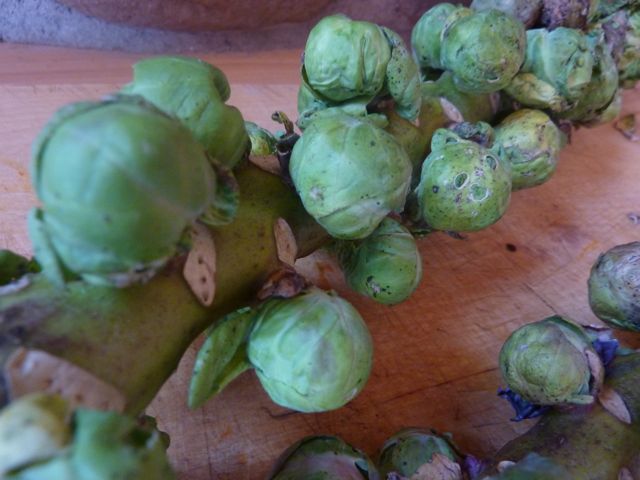
When I first cooked them, fresh brussels sprouts were not available. Today, at this time of year fresh brussels sprouts are almost commonplace at my local farm stands. Using fresh sprouts is important, and being mindful while cooking them is also critical. They are wonderful when cooked just right, but not so much when either under or overdone. Frozen vegetables are blanched (pre-cooked), making it quite difficult to avoid overcooking them as you essentially cook them again in most any preparation.
Brussels sprouts flourish in cool, foggy coastal environments. I’ve purchased them several times from a local farmer here in Maine, Ellen James of Island Farm, and she commented that they really need a frost in order to develop some sweetness. Look for sprouts that are all the same size, and preferably still on the stalk. Smaller usually means fresher and more tender.
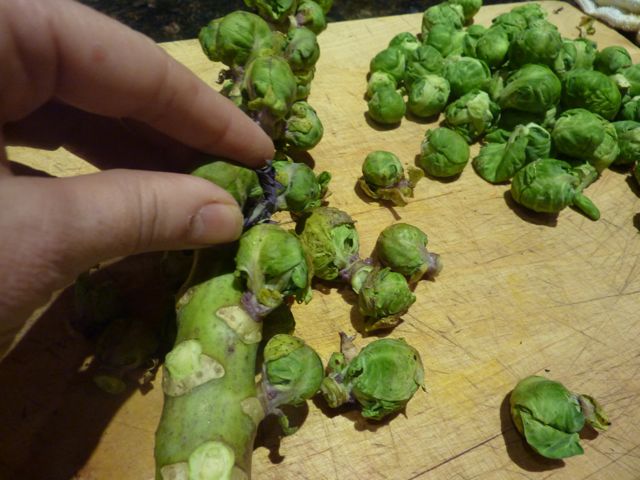
Here is a recipe I’ve adapted from The Silver Spoon, a classic Italian cookbook now available in English. The main alteration I’ve made is roasting the sprouts, rather than boiling them. I am a big fan of roasting vegetables, not only does it add flavor and bring out the sweetness a big better, I think, but it is so simple. When I really want something easy, just toss the sprouts with olive oil, salt and pepper and roast. Keep an eye on them; they roast pretty quickly depending upon the size, perhaps 10 -15 minutes. I cut the larger ones in half before roasting.
Here’s my version of the Silver Spoon recipe, which dresses up the roast Brussels sprouts a bit, perfect for a Thanksgiving side dish.
Cavolini di Bruxelles con Le Mandorle (Brussels Sprout with Almonds)
Serves 4
1 1/2 pounds brussels sprouts, trimmed, larger one cut in half lengthwise
2 tablespoons extra virgin olive oil
Kosher salt and freshly ground pepper
2 tablespoons butter
1/3 cup blanched almonds
1 garlic clove
Zest of one lemon
2 tablespoons bread crumbs or panko
Preheat the oven to 325°.
Toss the brussels sprouts in a medium bowl with the olive oil. Season with salt and pepper. Roast in the oven until tender, 10 -15 minutes depending upon the size of the sprouts. Remove from oven and keep warm.
Heat the butter in a large saute pan, add the garlic and saute for a few minutes. Add the lemon zest, season with salt and pepper, remove the garlic clove and remove from the heat. Transfer the almonds to the pan with the brussels sprouts, and wipe out the saute pan with a paper towel.
Melt the remaining butter in the saute pan and add the breadcrumbs. Toast until golden. Add the brussels sprouts and almonds, toss together to reheat everything, and serve.
